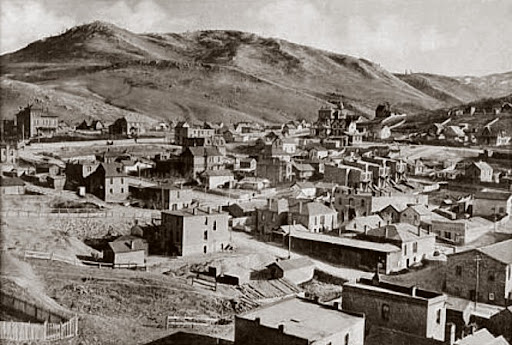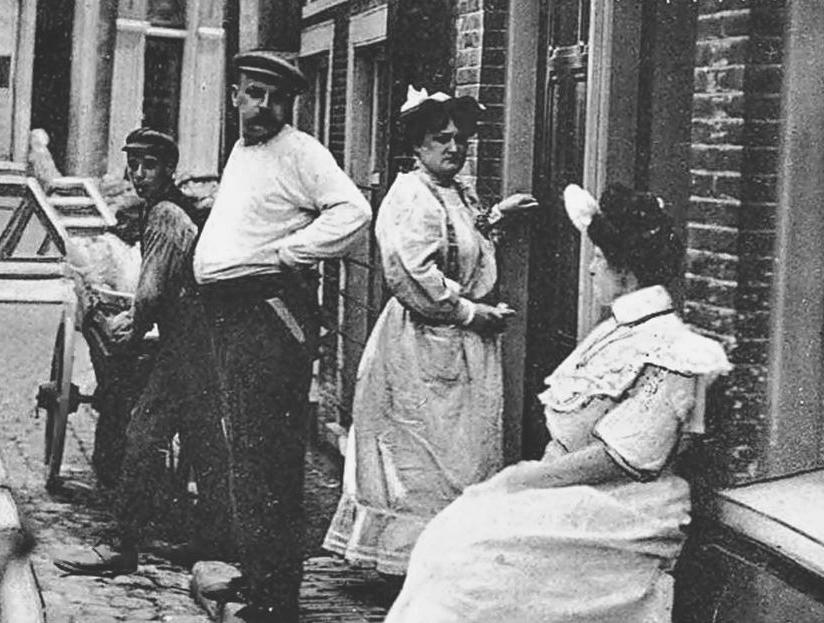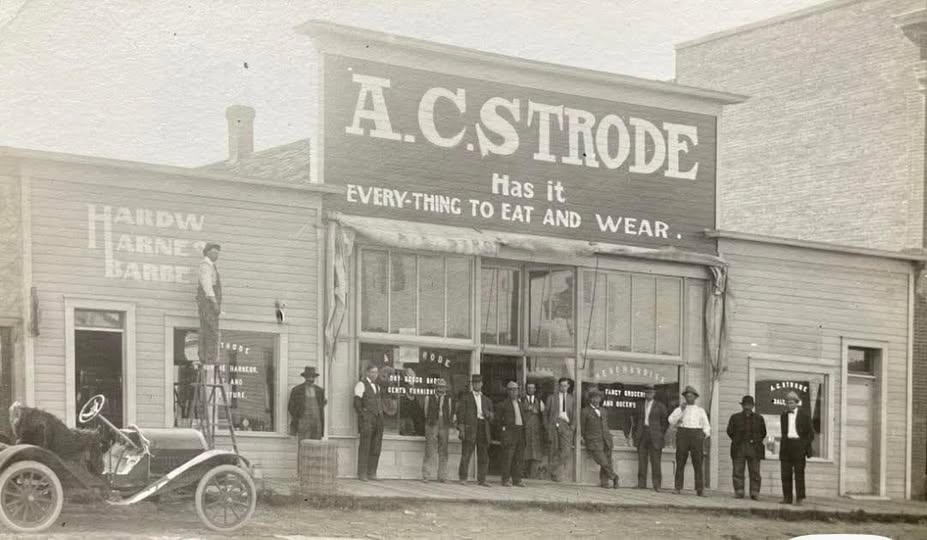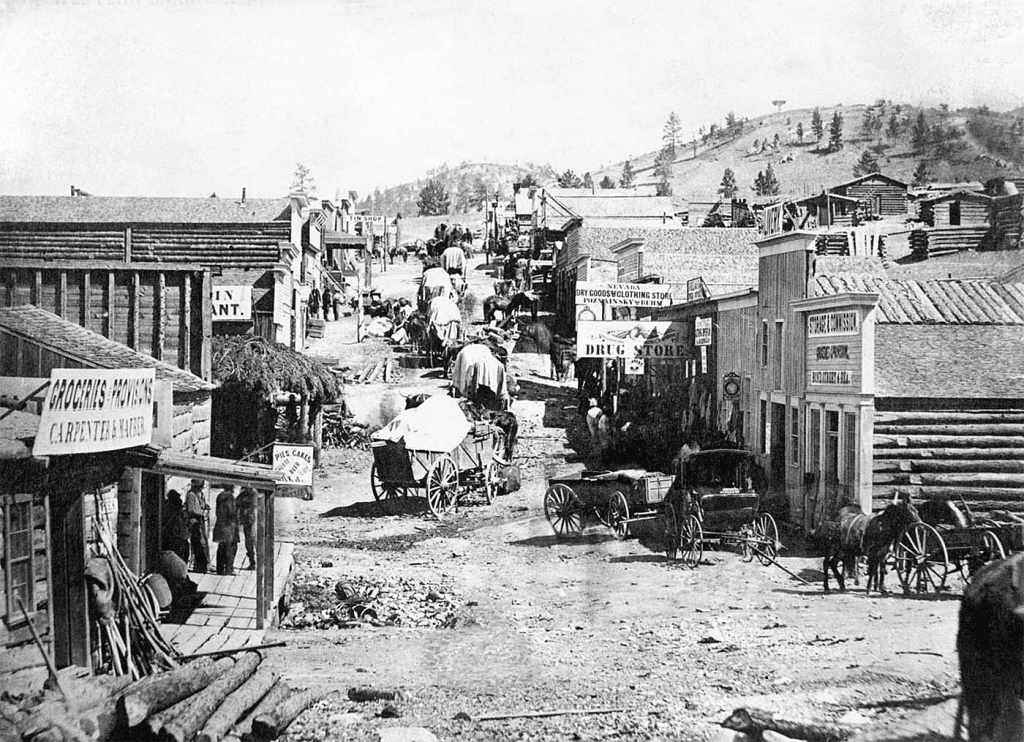In the 1860s, Helena, Montana was little more than a collection of muddy mining camps, saloons, and tents. Gold had been discovered in Last Chance Gulch, and the promise of sudden riches brought thousands of prospectors, drifters, gamblers, and businessmen to the area almost overnight. What began as a makeshift settlement quickly exploded into a frontier boomtown.
With this rapid growth came a rawness that needed taming. Roads were unpaved, law enforcement was limited, and few civic institutions existed. But behind the pickaxes and mining pans, there was another force shaping Helena one that history too often overlooks. It was the women of the red-light district.

The Women Behind the Curtains
In frontier towns like Helena, women who worked in the sex trade were often among the first permanent female residents. They provided more than company; they filled a societal gap in an otherwise male-dominated environment. Despite the stigma, these women lived at the heart of Helena’s social and economic life.
They earned good money by frontier standards, and many of them used that income wisely. They invested in land, financed construction, and supported local businesses. Their money didn’t just circulate it helped build.

Real Estate Moguls in Disguise
Some of the most prominent buildings in early Helena were financed in part by women from the red-light district. In many cases, these women used aliases or worked through intermediaries to buy and sell property, knowing the social consequences of being seen as a woman of wealth and independence in that era.
Video:
History of Prostitution In Helena
A number of them purchased plots along main roads and in developing neighborhoods. They didn’t just buy real estate they held onto it, developed it, and leased it to other businesses. Over time, their investments helped transform Helena from a chaotic mining camp into a structured and prosperous town.
Helping to Civilize the Wild West
Beyond economics, these women played an important role in taming the social landscape of Helena. Many of them supported local charities, churches, and schools. Some funded public works projects like sidewalks and street lighting in the areas they lived or worked in.
Their contributions often went unrecognized, but their presence brought a kind of order. In a rough frontier world filled with transience, they offered a degree of permanence. Their homes while technically places of business were often among the first to have decent furniture, working plumbing, and even decorative gardens.

Living with Judgment and Resilience
Despite their influence, these women lived under constant judgment. Mainstream society labeled them as immoral or dangerous, and few official records honored their names. But within their own community, they were strong, resourceful, and often deeply respected.
Video:
1947 STATE OF MONTANA TRAVELOGUE / EDUCATIONAL FILM HELENA MISSOULA BUTTE 60884
They supported each other, ran their own businesses, and built networks of safety and support. Many lived without protection from the law, yet they still managed to contribute meaningfully to the town’s future. Their resilience wasn’t just admirable it was essential to Helena’s survival and growth.
A Legacy Often Forgotten
As Helena matured and the gold rush faded, many of these women disappeared from the public eye. Some moved on, others retired in anonymity, and a few married and became part of polite society. But their mark on the city remained.
Today, Helena stands as a city with deep historical roots roots that reach far beyond its official histories. Beneath the grand buildings and quiet streets lies the story of women who dared to live boldly, despite the odds. Their contributions to Helena’s economy, infrastructure, and social structure are woven into the very foundation of the town.
They were builders, investors, and survivors. And while their names may not grace the history books, their legacy still lives in the city they helped create.



